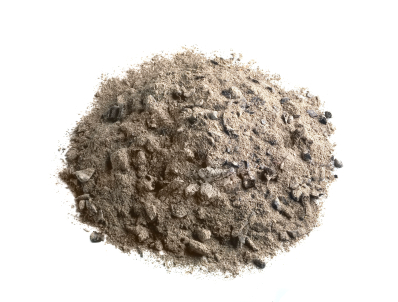 The ash produced in the combustion processes carried out at central power plants of biomass and coal can be recovered and utilized for wastewater treatment.
The ash produced in the combustion processes carried out at central power plants of biomass and coal can be recovered and utilized for wastewater treatment.
This ash can be used just as it’s gathered or it can be treated before its’ use when necessary to increase its absorbent capacity.
The use of this ash from energy plants has a great use in industries that generate toxic waste such as heavy metals (mercury and cadmium) and dyes. Ash facilitates the elimination of this toxic waste with great effectiveness.
As it occurs, when carrying out a treatment with activated carbon, it is just enough to place the ash in contact with the contaminated effluent. To achieve this, a water current is passed through a fixed filter so that the ashes absorbs the contaminants and lets the water, now clean, pass through the filter.
Activated carbon is one of the principal absorbents for the treatment of wastewater. Its use is valid in different environments such as filters for domestic use as well as for the treatment of discharges in natural environments containing high levels of contamination by toxic chemical agents.
In addition, activated carbon is a very inexpensive technology, continuing to become even more economical due to its possible sources being analyzed over the years. Its sources include indigenous raw materials, and in general, very cheap resources such as olive wood, oak, eucalyptus, birch logs, trunks and vines or cherry pits.
What stands out among the principal characteristics of activated carbon is its high degree of development in surface area and the porosity that it possesses. These properties lend themselves to a high capacity for gas absorption, vapors and solutes in dissolution. Its main advantage in respect to other alternatives for wastewater treatment is its easy preparation and regeneration at a low cost, in addition to the fact that it is a chemically stable, very versatile absorbent.
Current research is seeking ways to take advantage of abundant disposable materials such as plastic, rubber and other industrial waste to prepare carbonaceous adsorbents.